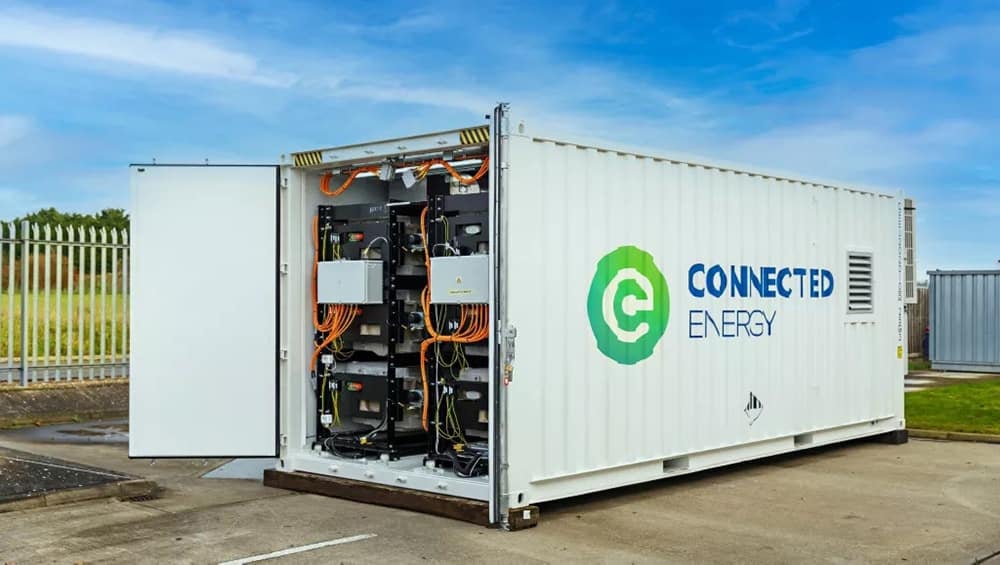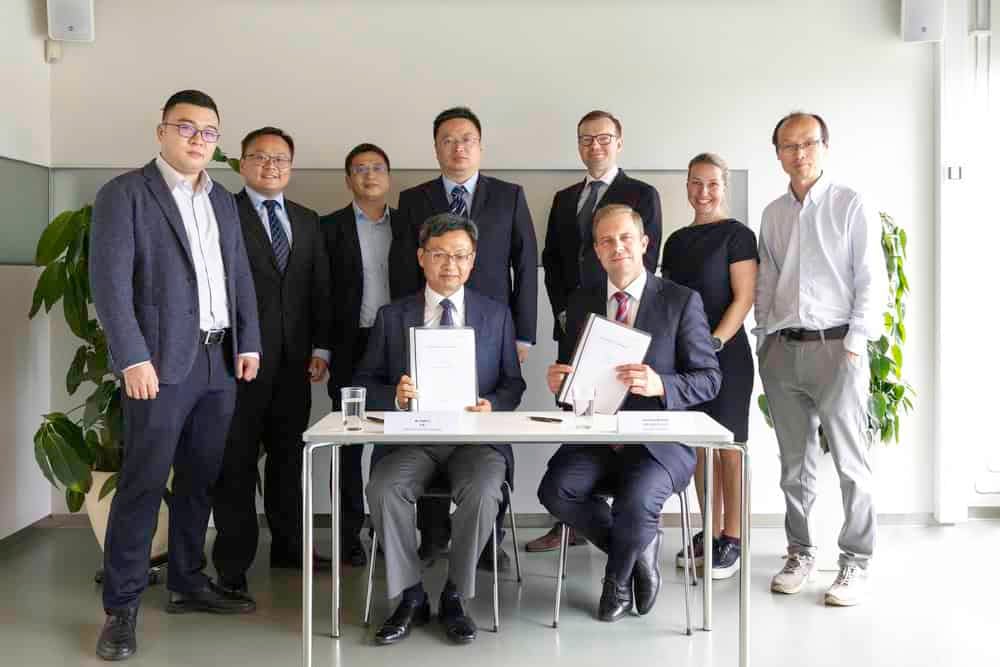
Researchers at ETH Zürich have made a significant stride in energy storage technology with the development of a cost-effective synthesis of Pyrochlore-type iron hydroxy fluorides (Pyr-IHF). This material is being hailed as a potential game-changer for low-cost lithium-ion batteries, due to its high energy densities and swift Li-ion diffusion. The Pyr-IHF showcases impressive performance, retaining over 80% capacity after 600 cycles. This innovation could fuel the transition from fossil fuels to renewable energy sources, which has largely been hindered by the lack of affordable, effective batteries for stationary energy storage. The research team published their findings in Advanced Materials.
The quest for sustainable energy solutions has been a key driver of innovation. At the heart of this revolution lies the need for reliable and economical energy storage systems. The new findings from ETH Zürich’s Functional Inorganic Materials Group, led by Maksym Kovalenko, could potentially fulfil this requirement with their Pyrochlore-type iron hydroxy fluorides (Pyr-IHF).
- Researchers synthesize low-cost Pyrochlore iron hydroxy fluoride (Pyr-IHF) material for lithium-ion batteries.
- Pyr-IHF enables rapid ion movement, high capacity retention, supporting large-scale renewable energy storage.
- Advance heralded as breakthrough for affordable batteries to stabilize energy grids as renewable sources grow.
The synthesis of Pyr-IHF involves a dissolution-precipitation process using soluble iron fluoride precursors. What sets Pyr-IHF apart is its structural efficiency – the iron hydroxy fluoride’s 3D hexagonal channels, formed by corner-sharing FeF6-x(OH)x octahedra, enable rapid lithium-ion movement. This physical characteristic is crucial for high-performance batteries, especially those required for large-scale energy storage associated with renewable energy sources like solar and wind power.
Breaking the cost barrier in energy storage
Cost has been a major barrier in the widespread adoption of lithium-ion batteries for stationary energy storage. However, the research team at ETH Zürich has managed to synthesize Pyr-IHF at a raw material cost estimated at $14 per kilogram, a figure that promises to make large-scale energy storage systems more economically viable.

Such affordability is particularly significant in light of the wider context. Between 2015 and 2018, battery storage costs have seen a substantial decrease, with lithium-ion battery cell prices plummeting by 97% since 1990. This trend is expected to continue, with projections suggesting a further 50-60% cost reduction by 2030. Pyr-IHF’s low production costs align with this trend, offering a complementary solution to other emerging technologies like flow batteries, which are also gaining attention for their potential in sustainable grid storage.
The impact of Pyr-IHF reaches beyond cost reduction. Renewable energy sources such as solar and wind are intermittent by nature, producing a mismatch between energy production and consumption. The development of low-cost, high-capacity batteries is critical for balancing this equation and ensuring a stable energy supply.
Advancements in cathode technology
At the core of Pyr-IHF’s potential lies its robust performance. The material has demonstrated high capacity retention of over 80% after 600 cycles at a high current density of 1 A g-1 without the need for elaborate electrode engineering. This is a remarkable feat considering that conventional iron fluoride-based cathodes often require complex nanostructuring or tailored architectures to achieve similar stability.
The addition of carbon nanotubes (CNTs) to Pyr-IHF cathodes enhances discharge and charge capacities at high current densities, which is essential for applications that demand rapid energy delivery. Furthermore, the composition of Pyr-IHF allows for the use of ionic liquid electrolytes, which have been shown to improve cycling stability and coulombic efficiency.
Future directions and challenges
Despite these promising developments, challenges remain. The cost associated with conductive additives like CNTs and ionic liquid electrolytes must be factored into future research. Additionally, while lithium-ion batteries dominate the market, alternative technologies are being explored to address their limitations. Research spearheaded by Empa’s Maksym Kovalenko and colleagues is also looking into innovative materials that can prevent dendrite growth, a common issue that can lead to short-circuits in batteries.
Moreover, the water content in Pyr-IHF cathodes has been identified as negatively impacting Li-ion storage and diffusion. The heat treatment process during synthesis is critical to remove this water content, thereby enhancing the material’s capacity. Researchers are continuing to investigate the structural changes in Pyr-IHF during Li-ion intercalation to further optimise its performance.
Conclusion
The synthesis of Pyr-IHF marks a significant milestone in the quest for cost-effective energy storage solutions. The material’s promising electrochemical performance, coupled with its affordability, positions it as an attractive candidate for large-scale applications. The innovation dovetails with the global shift towards renewable energy and the growing demand for efficient, inexpensive energy storage systems.









